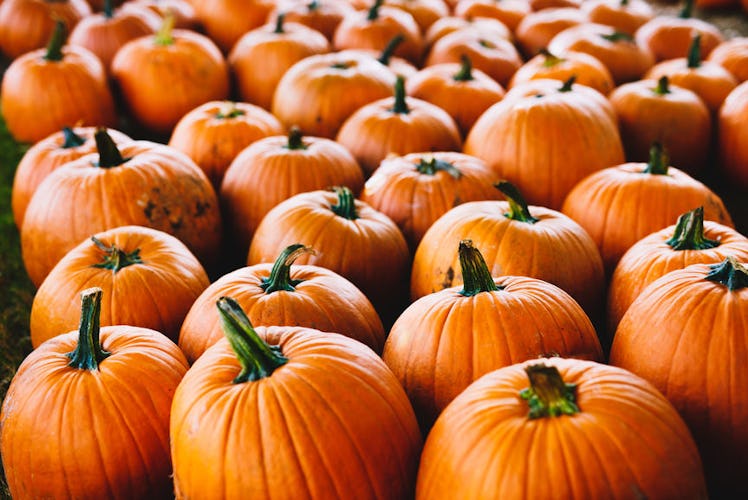
3 Myths About The Autumn Equinox You've Probably Mistaken For Facts
Myths are inevitable. Imagine, if everything is typically word of mouth, why wouldn't we believe them to be facts? Sounds gullible, I'm sure, but this is where the phrase "don't believe everything you hear" comes into play. This is why I'm going to reveal three myths about the autumn equinox that you've probably already mistaken for a fact. Plus, with the first day of fall less than a week away, I think we all deserve a little clarity on this highly anticipated season, which happens to be the favorite time of year for many. Speaking of, could that be a myth, too?
As per Express, the autumn equinox 2018 starts on Sunday, Sept. 23, in the northern hemisphere. This is the first official day of Libra season, which is when the sun passes directly over the equator, and the days start to become shorter, leading up to the first day of winter solstice on Dec. 21, 2018. Meanwhile, everyone is whipping out their cozy fall wardrobe, and overdosing on all things pumpkin spice. Are you really surprised that it's everyone and their mother's favorite time of year? Then again, is the seasonal favoritism based on a myth or true facts?
With that being said, here are three myths about the Autumnal Equinox, that couldn't be more believable:
The Infamous Myth About The Egg
There are many who believe that an egg can be balanced on its end solely during the equinox due to the gravitational pull. However, this is indeed a myth, considering you can do this anytime of year with enough patience and, of course, the perfect egg.
According to The Sun, the act of "egg balancing" is a traditional Chinese practice that is often connected with springtime. The egg is used to represent a symbol new life. Interesting, huh?
The Myth About Equal Day And Night
The term "equinox" derives from Latin, which means "equal night," given that all points on the Earth's surface experience 12 hours of daylight and 12 hours of darkness. However, despite how interesting this idea might seem, it also isn't entirely true, and I'll explain why.
As per the U.S. Naval Observatory, sunrise and sunset conventionally refer to the times when the upper edge of the disk of the sun is on the horizon, which means the times that sunset and sunrise occur vary by the location. So, don't believe everything you read, stargazers. Although, one thing's for sure: Starting on Sept. 22, the days will start getting shorter until the winter solstice. Stay tuned.
The Myth About Your Shadow Disappearing
So, another interesting myth about the autumnal equinox is that the sun's seasonal position will automatically change the way our shadow is cast. In fact, some believe that a person's shadow will disappear entirely when the clock strikes noon on the day of the equinox.
Hate to be a Debbie Downer here, but this is another myth indeed. As per Accuweather, the sun would need to be directly above someone who is standing on the equator at exactly 12 p.m. on Sept. 23, aka the day of the fall equinox. So, don't walk on the sidewalk during the day in hopes that your shadow won't be there. Unless you plan on standing right over the equator at exactly noon, there's no getting rid of your shadow, as it will probably follow you everywhere you go.
Now that you're familiar with some believable myths about the autumnal equinox, I'm sure you'll think twice before going out of your way to try balancing an egg, or perhaps making your shadow disappear. This is exactly how rumors get started, so go spread the word, stargazers.